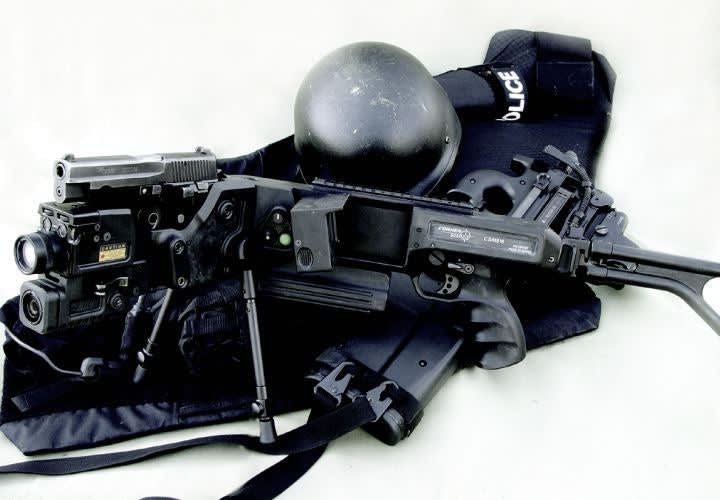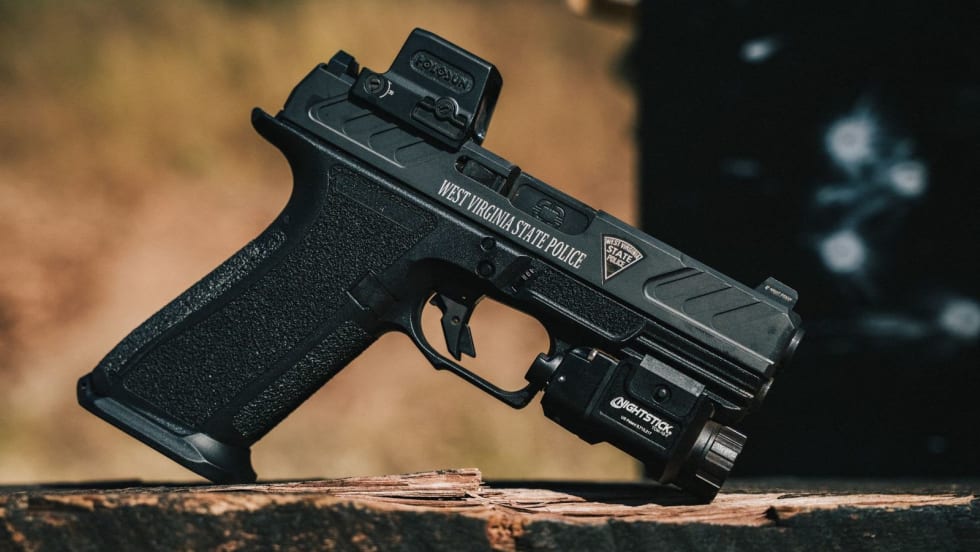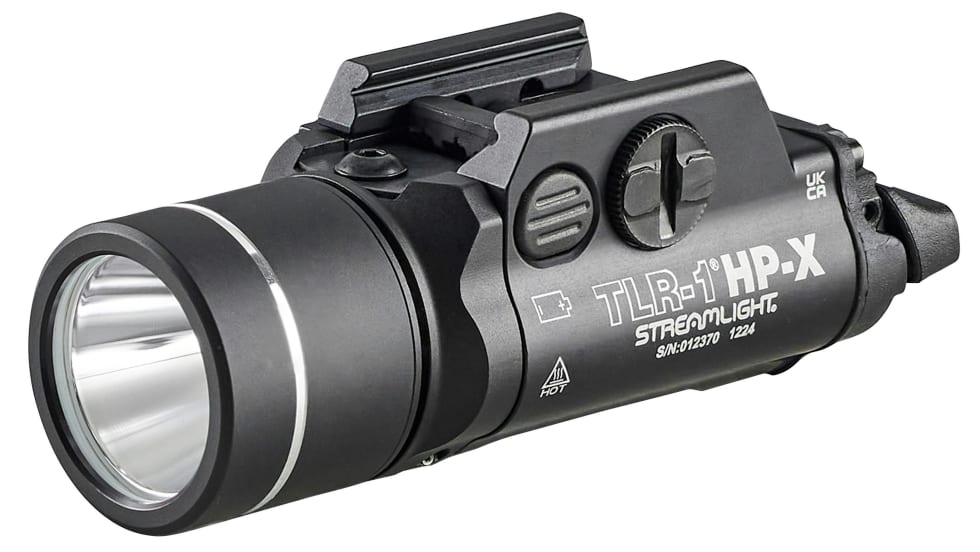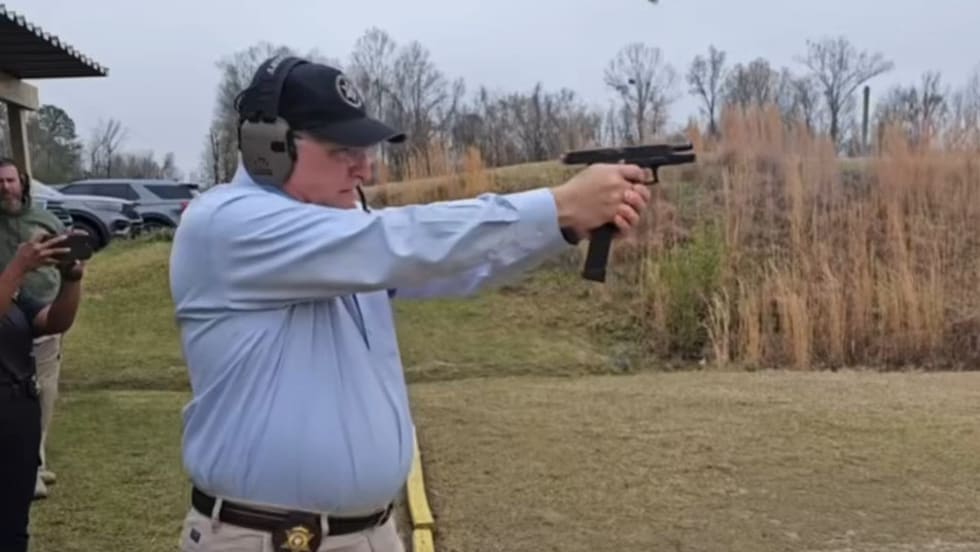Golan has an obvious military way of thinking. But let's remember that in today's world, the word "police officer" can be substituted with "soldier" in many cases. And sometimes cops and special forces soldiers are working in very similar environments.
Golan talks of "combat," but the uses he envisions for the Corner Shot are just as likely to involve cops, especially tactical officers. "Today's combat situations, especially in low-intensity conflicts, involve fighting in urban terrain and inside inhabited buildings, or forced entry into airplanes, buses, or trains. This unnecessarily exposes security forces to the enemy and presents an immediate risk to their lives. Corner Shot removes the need for this initial exposure." Perhaps "removes the need" is a bit bold, since officers still have to be exposed to threats to deploy the unit.
Asaf Nadel, another of Corner Shot's founders and a former commander in Israel's Armored Corps and Secret Service, says, "The Corner Shot system is designed in a way that enables security forces to engage targets from the left, and right, from the front, up or down, and to move to each of these shooting positions very rapidly without the removal of hands from the weapon. This shortens reaction time and increases accuracy in sudden engagement situations. The weapon system can be triggered completely from behind cover."[PAGEBREAK]
Why would a tool specifically designed for military special forces units be of such interest to police? Simple; in many cities today, some SWAT or police actions resemble military small unit operations more than city police work. Good or bad, right or wrong, it's the reality of today's streets, and cops have to have the tools available to counter these new and increasing threats. Any agency that closes its eyes to new developments in technology needs to have its eyes opened. Unfortunately, that process often entails a traumatic event in their city.
It would be easy to dismiss the Corner Shot as a high-tech gadget, but keep in mind high-performance flashlights, programmable radios, infrared imaging, DNA evidence, mobile data terminals, and even that backbone of police work today, the semi-auto duty pistol, all began life with corresponding naysayers who dismissed them as unnecessary gadgets.










